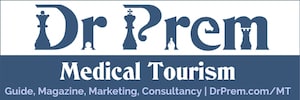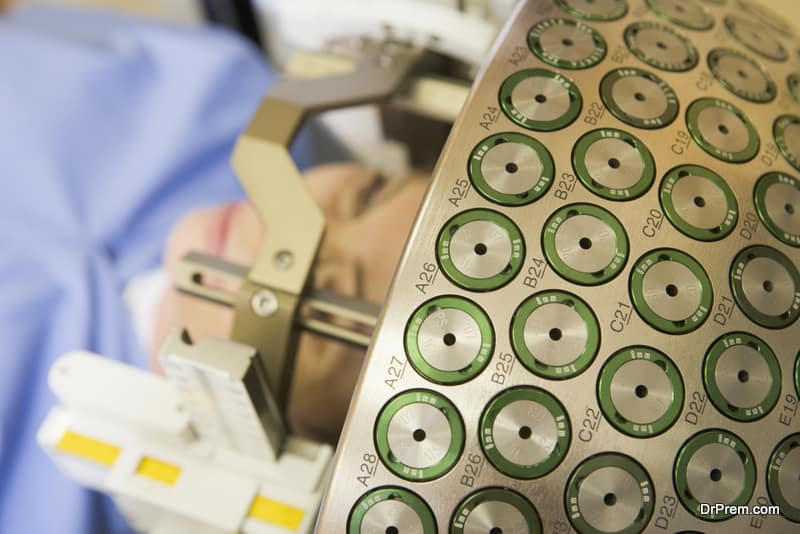Definition:
Gamma-knife radio surgery also known as sterotactic radio surgery is not a surgical procedure but a form of radiation therapy. In this therapy the intersection beams of radiation are applied inside the brain at the abnormal structural area and tumour, to treat a variety of diseased conditions. The advanced imaging technology is used to accurately localize tumours and vascular abnormalities, so that an array of radiation beams is focused precisely on the targeted tumour and structural abnormalities from many different directions.
Why it is needed:
Gamma–knife radio surgery is commonly used to reduce the growth of small, deep brain tumours that are difficult to remove by surgery. The therapy is also used to treat many diseased conditions that include:
- Brain and nervous system tumour.
- Arteriovenous malformation (AVMs).
- Trigeminal neuralgia
- Certain types of epilepsy.
- Parkinson’s disease
- Movement disorder
The therapy is being used or studied for cancers such as:
- Liver cancer
- Lung cancer
- Prostate cancer
Facts and Figures:
- Sir Victor Horsley, a neurosurgeon and Robert H. Clarke, a neurophysician, first developed the stereotactic method in 1908 in London.
- The gamma–knife device was invented by a Swedish neurosurgeon, Lars Leksell in 1967.
Advantages and Disadvantages:
Advantages:
- Gamma-knife radio surgery does not require any incision to be made which makes it safer than conventional neurosurgery, with no pain and no risk of infection.
- Fewer complications are associated with the therapy.
- Do not require a longer hospital stay and a shorter recovery period has been reported.
- It helps to extend the life of a cancer patient by controlling the growth of the tumour.
Disadvantages:
- Some acute side effects like mild headache with nausea and vomiting have been observed in patients.
- Weakness and numbness after the procedure.
Risk and Complications
- Swelling at the targeted area (brain).
- Necrosis
- Hearing loss
- Imbalance
- Worsening of vision.
Pre-procedure preparation:
- Complete physical examination
- Blood and urinalysis
- MRI and CT scans
- Consultation with healthcare provider a week prior to procedure; also obtain a list of prescribed medication and instructions on medicines to be discontinued.
- Inform the surgeon about smoking and alcohol consumption patterns.
- Arrangements for leave from work, help at home, help with driving and during post procedure recovery time.
- Medical tourists are advised to select a comfortable and accessible hotel room equipped with handicapped facilities, for recovery after hospital discharge.
- Do not use any hair creams or hair spray.
- Do not wear contact lenses or eye glasses.
- Do not eat or drink anything after midnight the night before surgery.
- Pack a supply of easy to wear clothes.
- Prior to procedure the patient will be fitted with a particular frame or rigid mask for immobilization of the head.
Post-procedure care:
Usually, patients are discharged on the same day of the procedure.
Most patients can resume their daily activities the next day after the procedure and may need to schedule a visit to the doctor and undergo MRI and CT scans to check on the outcome of the procedure.






